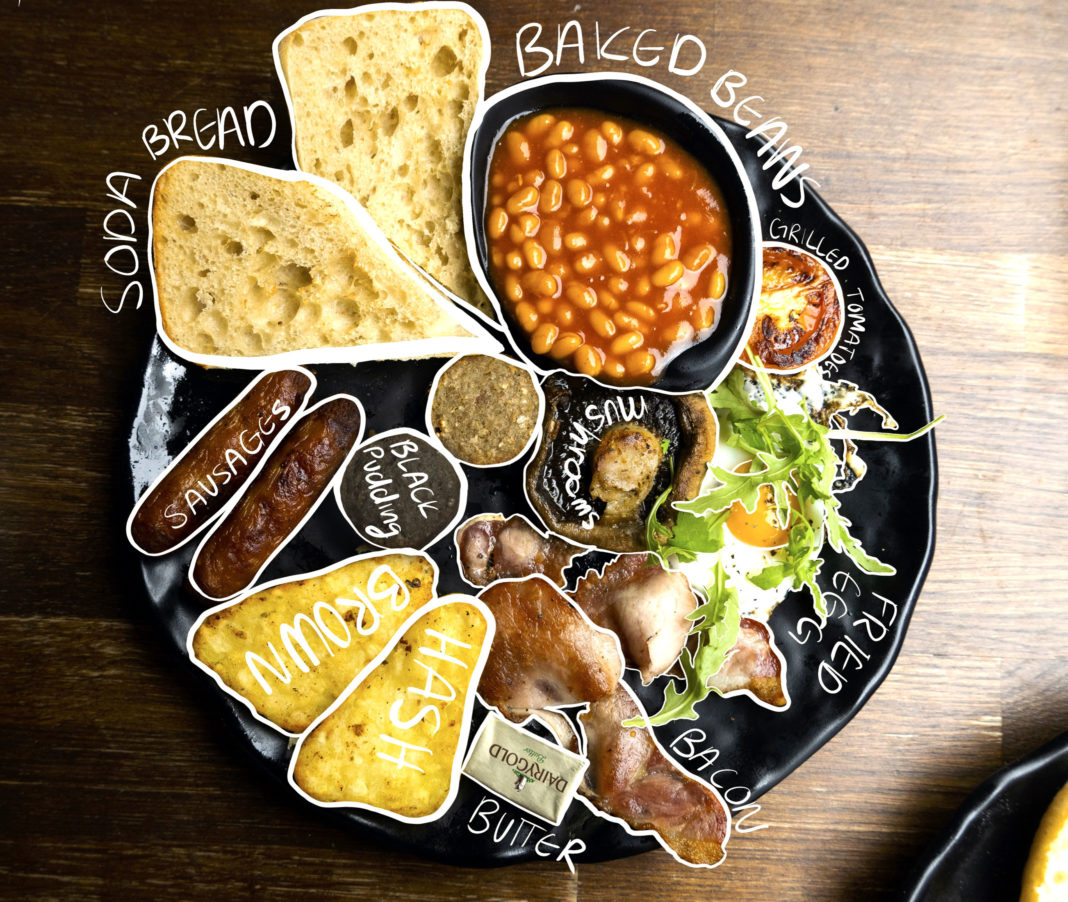
Today we continue drilling into the transcript of proposed changes the International Code Council Group B tranche of titles relevant to our safety and sustainability agenda. Use the login credentials at the upper right of our home page.
Complete Monograph of the April 27 – May 6 Proposed Changes heard April 27-May6 in Orlando: Complete Monograph (2630 pages)
Results of the April meetings to be heard at the October 22-30 Hearings in Cleveland Ohio: 2025 REPORT OF THE COMMITTEE ACTION HEARING (CAH1)
Proposals of interest today:
S71-25 Table 1607 Minimum Uniformly Distribution Live Loads (for stadiums) – Page 1089
S74-25 1607.9 Loads on stadium handrails, guards, grab bars and seats – Page 1098
Video of spectator balcony railing collapse that killed 7 college students in Bolivia – Page 1102
Related coverage:
New to the women’s golf team is freshman Bjarnadottir, a business management major from Mosfellsbaer, Iceland.
For the full story on Bjarnadottir and her fellow Icelandic team mates: https://t.co/hasWxCRNiC pic.twitter.com/AZACImpXqQ
— Newman University (@NewmanU) October 22, 2025
2024 Net Position: $880,267,990 (Page 4) | Senior Administration Organization Chart
Banana Pudding Overnight Oats is a delicious and nutritious breakfast dish made by combining rolled oats, mashed bananas, milk, and other flavorings, and allowing them to sit and “soak” in the refrigerator overnight. This results in a creamy, flavorful, and satisfying bowl of oats that are ready to eat in the morning without any cooking required. It’s convenient make-ahead breakfast option that can be customized to suit individual tastes and dietary preferences. Here’s a simple recipe for Banana Pudding Overnight Oats:
Ingredients:
1 ripe banana, mashed
1/2 cup rolled oats
1/2 cup milk (any type of milk, such as dairy milk, almond milk, or coconut milk)
1 tablespoon chia seeds (optional)
1 teaspoon vanilla extract
1/2 teaspoon ground cinnamon
1/4 teaspoon salt
1 tablespoon sweetener of choice (such as honey, maple syrup, or agave nectar)
Additional banana slices, crushed cookies, or whipped cream for garnish (optional)
Instructions:
In a medium-sized bowl, mash the ripe banana with a fork until smooth. Add the rolled oats, milk, chia seeds (if using), vanilla extract, cinnamon, salt, and sweetener to the bowl with the mashed banana. Stir well to combine. Cover the bowl with plastic wrap or a lid and refrigerate overnight, or for at least 4-6 hours, to allow the oats to absorb the liquid and soften.
In the morning, give the oats a good stir and adjust the sweetness or consistency to taste by adding more sweetener or milk if desired. Serve the Banana Pudding Overnight Oats in bowls or jars, and garnish with additional banana slices, crushed cookies, or whipped cream if desired.
Enjoy your delicious and creamy Banana Pudding Overnight Oats for a nutritious and convenient breakfast!
vbvbvbvb
More:
Texas A&M University: Banana Nut Overnight Oats
Harvard University: Oats the Nutrition Source
Colorado University: Overnight Oats
US Food & Drug Administration: Gluten-Free Labeling of Foods
This content is accessible to paid subscribers. To view it please enter your password below or send mike@standardsmichigan.com a request for subscription details.
Statement of Financial Position 2025: $4.387B (Page 1) *
Facilities Management | Landscape Master Plan | Standards and Codes

American, Irish breakfasts indulge tastebuds in feasts of culture | Nathan Tran, June 26 2022
Related:
Since 2022, the number of women emigrating from Ireland (40,000) is nearly double the number of men.
If we lose a generation of Irish women, Ireland will cease to exist. pic.twitter.com/uLlnLZ8N30
— MichaeloKeeffe (@Mick_O_Keeffe) October 30, 2025
The larger part of using the global standardization system to make the real assets of educational settlements safer, simpler, lower-cost and longer-lasting is to make every effort to use those spaces and occupancies effectively. Today we examine a few case studies and explore possibilites mapped in safety and sustainability catalogs of standards developers whose titles become the basis for government regulation. Use the login credentials at the upper right of our home page at the usual hour.
The topic is necessarily cross-cutting and technologically interdisciplinary so we draw from the syllabi of colloquia we previously covered.
Case Study: Center Grove Community School Corporation Security
Related:
Here are 10 current trends in the construction of K-12 education facilities in the United States, based on recent industry insights and developments. These trends reflect a focus on safety, sustainability, technology, and evolving educational needs, drawn from sources like architectural firms, construction reports, and educational design analyses.
The National Center for Education #Statistics is the primary federal entity for collecting & analyzing #education-related data in the U.S. RTs ≠ endorsements.
We steer clear of curricula generally, mainly because curricula is a “crowded space” (i.e. no shortage of opinions, and even passions) except those programs that prepare the next generation for a skill set to support secondary enterprises such as skilled trades, building construction management, coding the internet of everything.
Classification of Instructional Programs
Introduction to the Classification of Instructional Programs: 2010 Edition (CIP-2010)
APPA: Survey raw responses: space increasing or decreasing
Related:
New update alert! The 2022 update to the Trademark Assignment Dataset is now available online. Find 1.29 million trademark assignments, involving 2.28 million unique trademark properties issued by the USPTO between March 1952 and January 2023: https://t.co/njrDAbSpwB pic.twitter.com/GkAXrHoQ9T
— USPTO (@uspto) July 13, 2023
Standards Michigan Group, LLC
2723 South State Street | Suite 150
Ann Arbor, MI 48104 USA
888-746-3670
